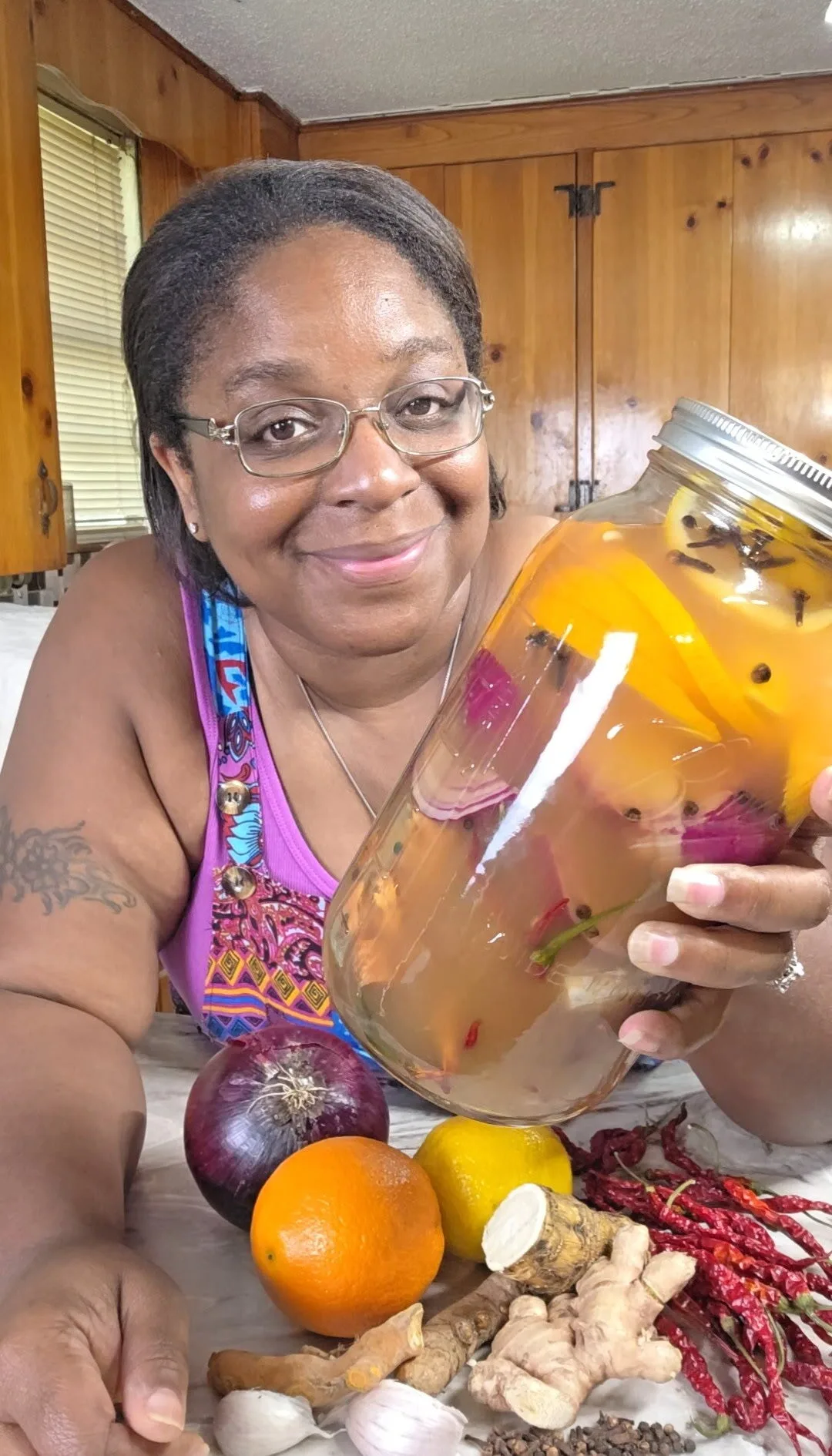
A Black’s Tropical Homestead Thanksgiving:
Gratitude, Good Food & Growing What Matters
Thanksgiving hits differently when you’re part of the Soil Family. It’s not just a holiday — it’s a reminder of why we grow, why we hustle, and why we show up for each other. At Black’s Tropical Homestead, Thanksgiving is about slowing down long enough to appreciate the blessings that came from hard work, dirty hands, and community roots that run deep.
What We’re Thankful For This Year
Our Soil Family Community
This community is the heart of everything we do. Every comment, every message, every shared video — it all matters. You’ve helped this homestead grow into something real. Not followers… family.
Every Harvest, Big or Small
Whether your garden exploded this season or just gave you a few good tomatoes, every homegrown bite is a blessing. If you turned a seed into something edible, you won.
Health, Healing & Homegrown Remedies
From Pain Away Oil to magnesium body butter and herbal blends — we’re grateful to share natural products that help folks feel better. Your stories and feedback remind us why we do what we do.
Homesteader Thanksgiving Tips
Cook With What You Grew
Even small additions from your garden can transform Thanksgiving dishes.
Use:
Fresh rosemary in the turkey
Sage & Thyme in the stuffing
Homegrown greens as a side
Garden garlic in your mashed potatoes
Food always tastes better when you grow part of it yourself.
Save Your Scraps
Thanksgiving scraps are pure gold. Use them to:
Make homemade broth
Start or feed your compost
Feed worms
Save seeds for next season
On a homestead, nothing should go to waste.
Share Something You Made or Grew
A jar of jam, a garden cutting, homemade seasoning, or even a small potted plant makes a meaningful Thanksgiving gift. Simple. Personal. Unforgettable.
Cold-Climate Growers: Protect Your Tropicals
Thanksgiving usually signals the start of real cold, especially for growers up north. Here’s what to do now:
Bring potted tropicals indoors or into a greenhouse
Mulch heavily around bananas, figs, and tender roots
Wrap trunks for insulation
Reduce watering — cold + wet = rot
Use a frost cloth for surprise cold snaps
A little prep now saves a lot of heartbreak later.
A Quick Mental Health Check-In
Holidays can be joyful, but they can also be heavy. If this season feels tough, you’re not alone.
Step outside. Breathe. Touch the soil. Let nature ground you.
Just like your garden, you’re allowed seasons of rest, reset, and regrowth. Protect your peace this Thanksgiving — it matters.
Stay Connected With Us
We now offer SMS notifications for:
Transactions
New products
Exclusive Black’s Tropical updates
Sign up right on our website if you’d like reminders sent directly to your phone.
Happy Thanksgiving From Our Homestead to Yours
Whether you’re surrounded by family or enjoying a quiet day, we are truly thankful for you. Thank you for supporting our homestead, our mission, and our joy.
Stay blessed, stay growing, and as always…
Don’t let nobody steal your joy.
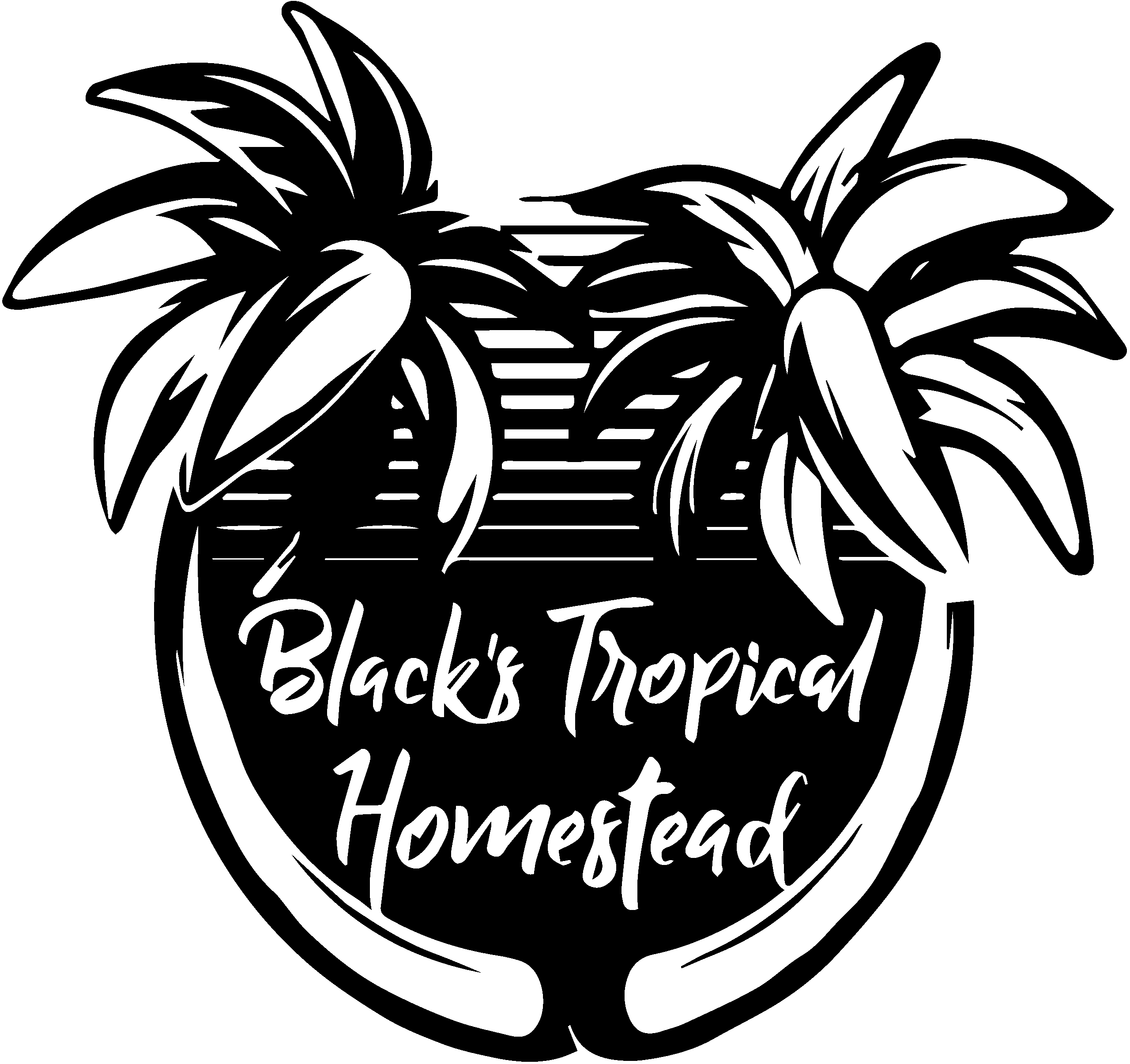
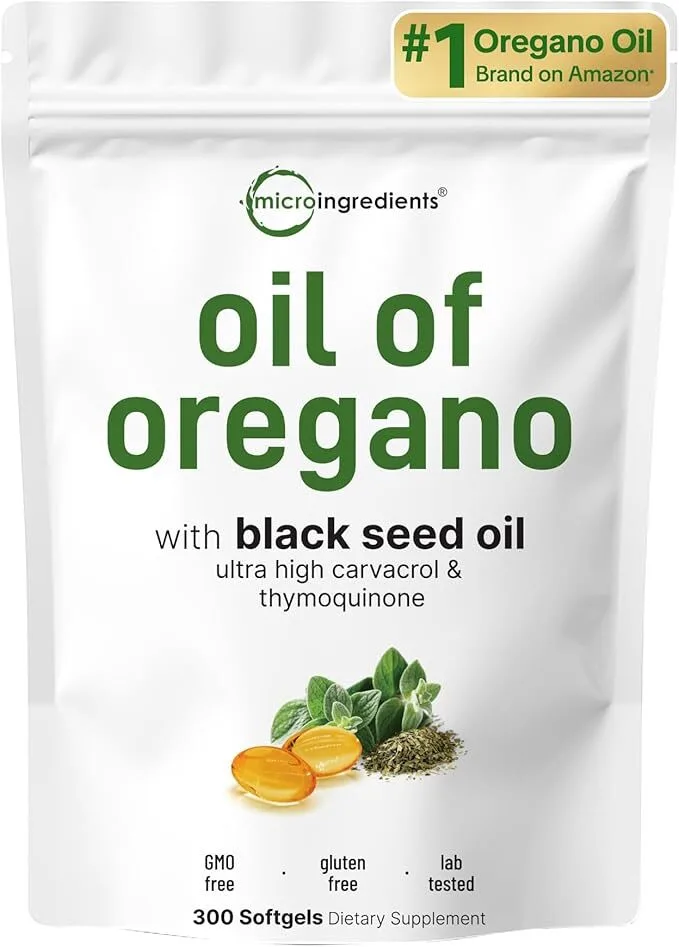
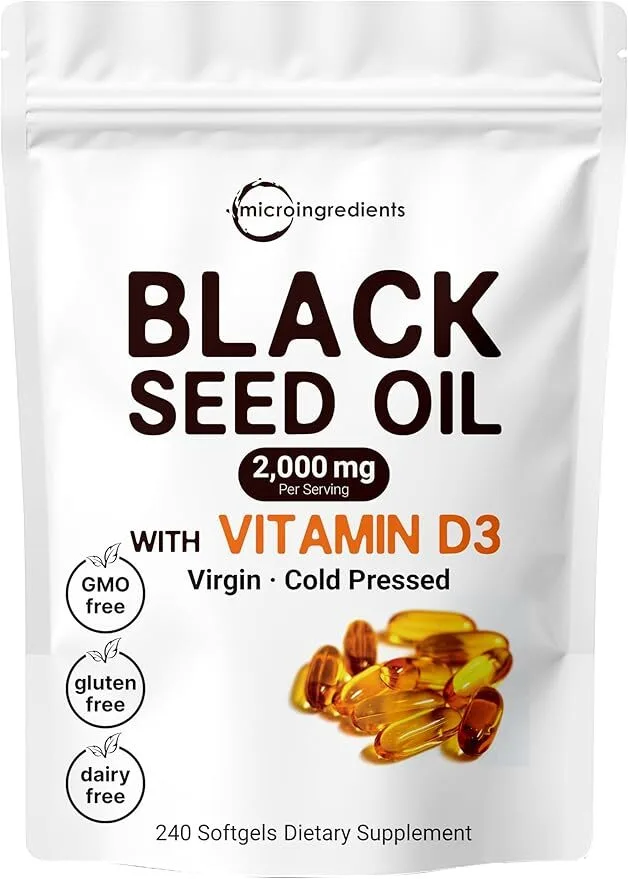
 5 Fall Gardening Tips to Keep Your Garden Thriving
5 Fall Gardening Tips to Keep Your Garden Thriving Fall Is for Growers, Not Quitters
Fall Is for Growers, Not Quitters Clean Up the Garden
Clean Up the Garden It’s cleanup season, y’all.
It’s cleanup season, y’all. Pull out spent plants and weeds.
Pull out spent plants and weeds.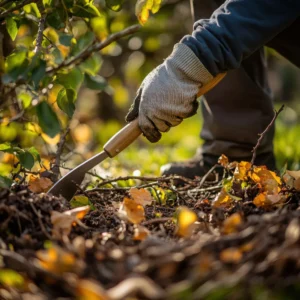
 Black’s Tip:
Black’s Tip: Plant Fall Crops
Plant Fall Crops Cool weather = cool harvests.
Cool weather = cool harvests. Try planting:
Try planting: Mulch for Protection
Mulch for Protection Mulch is your garden’s winter jacket. It locks in warmth, holds moisture, and protects roots from freezing and thawing
Mulch is your garden’s winter jacket. It locks in warmth, holds moisture, and protects roots from freezing and thawing cycles.
cycles. Prune and Trim
Prune and Trim A little pruning now saves a lot of heartbreak later.
A little pruning now saves a lot of heartbreak later. What to Do:
What to Do: Prepare the Soil for Next Year
Prepare the Soil for Next Year Healthy soil = a healthy garden. Fall is your chance to build that foundation.
Healthy soil = a healthy garden. Fall is your chance to build that foundation.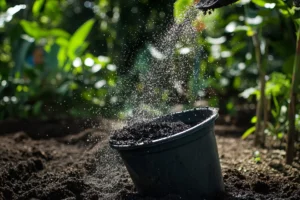 Bobby’s Soil Routine:
Bobby’s Soil Routine: Final Word
Final Word
 Featured Products
Featured Products





